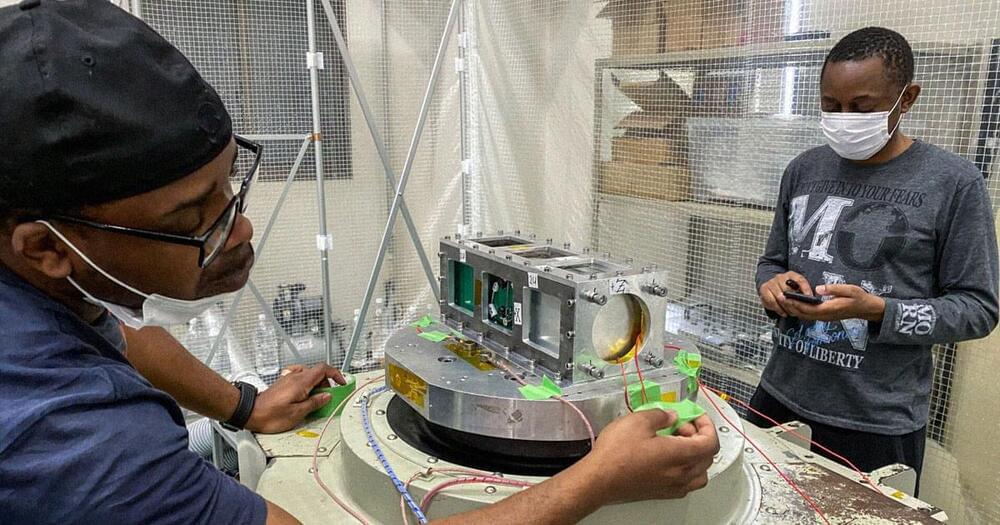Nov 22, 2022
Dr. David Markowitz, PhD — IARPA — High-Risk, High-Payoff Research For National Security Challenges
Posted by Ira S. Pastor in categories: bioengineering, biological, genetics, information science, neuroscience, robotics/AI, security, surveillance
High-Risk, High-Payoff Bio-Research For National Security Challenges — Dr. David A. Markowitz, Ph.D., IARPA
Dr. David A. Markowitz, Ph.D. (https://www.markowitz.bio/) is a Program Manager at the Intelligence Advanced Research Projects Activity (IARPA — https://www.iarpa.gov/) which is an organization that invests in high-risk, high-payoff research programs to tackle some of the most difficult challenges of the agencies and disciplines in the U.S. Intelligence Community (IC).

















